Question
I need a straight-forward answer to a question:
When euthanizing an animal, it has long been my impression that - since there is only a single syringe used - and since people are not euthanized (i.e., executed) the same way - that only a paralytic is used, and the animal experiences a period of consciousness until it essentially suffocates: a pharmacological pillow-over-the-face if you will. I had two dogs put down in years past and I always had this sneaky feeling death was not instantaneous despite appearances. I'm really struggling with this as my current dog is elderly and experienceing an increasing level of debilitation. As difficult as it would be, perhaps a sunny day, a milk bone, and a head shot would be the greater kindness. Could you clarify this for me and not sugar coat it?
The second, much lighter issue is this:
One of our three cats, most noticeably in the evening and at night, goes crazy with what appears to be some sort of skin disorder. He jumps, flips around, bites at his back, and bolts around as if something is attacking him. This is not play - he is very irritable and antagonistic with the other cats when this happens, and it happens nightly. It is clear that his skin is very itchy or painful. We cannot find fleas or any other visible source, no fur loss or lesions. We do live in Upstate NY. The other two cats and the dog have no similar symptoms. All are up on their shots.
Any thoughts?
AnswerHi Patrick,
I understand your concern- most owners are left in the dark about this procedure and the drugs used for it. Let me assure you, however, that the drugs used for euthanasia are not drugs that suffocate the animal.
Your impression is incorrect in the regard. The drugs used for euthanizing animals may not be the same as the use for humans, but the ones we use are calcium channel-blockers and they stop the heart as soon as they hit the bloodstream.
The only drug that I know of that paralyzes is Sucostrin, a drug that they use on the racetrack to put out a horse in thrashing pain after falling and breaking something. That is the only drug that works fast enough to stop the horse from killing everyone on the track. It does work by stopping the diaphram from expanding and contracting, essentially suffocating the horse. It is not painful however nor do they seem to fight it.
The drugs most vets use are drugs such as Sodium Pentobarbital, which is one of the most commonly used, or combination's of this drug with other drugs. I don't have all the names of the drugs here but the point is that the animal is not suffocated.
They rapidly lose consciousness and then their heart and breathing stops. Some animals take a breath or two, some twitch and some even moan, but it's all physiological, not the pet, but the body doing this. With older and more ill dogs it takes longer for this to stop sometimes.
Bullets in the head are okay for a dog with rabies in Old Yeller but it is not the preferred and humane way to put your pet down.
As far as your cat goes, it sounds like the cases we have had of cats that develop a neuritis along the back by the tail. This is actually quite painful to the cat, hence the erratic behavior. It is usually right around the tail head and above it some on the back, where the cat will try and bite itself there.
Unfortunately, some vet's have never seen this problem and it's not in the books but a vet with experience will have seen it and know how to treat it. I described it to a bunch of young vets once and they all had blank looks on their faces.
The treatment consists of either prednisone given orally for about a week or an injection of Depo Medrol or Vetalog from the vet.
Mention to your vet that it is some kind of neuritis and show them the area above the tail head on the back. Hopefully your vet is older and more experienced.
Well I hope that answered your questions Patrick. Feel free to ask more if I didn't.

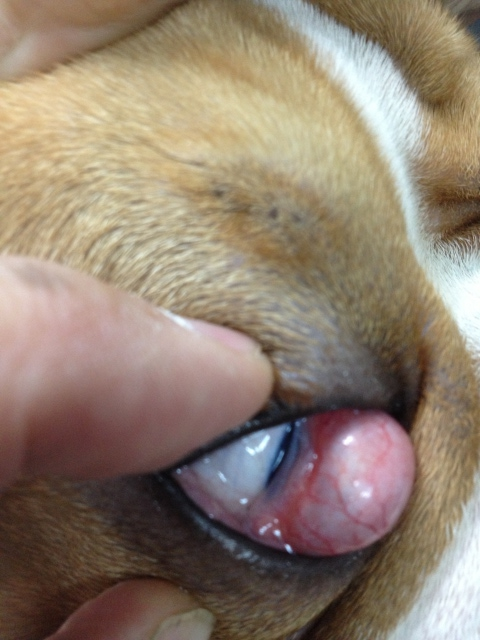 cherry eye
Question
Dog eye Dog eye
My 5 months old F
cherry eye
Question
Dog eye Dog eye
My 5 months old F
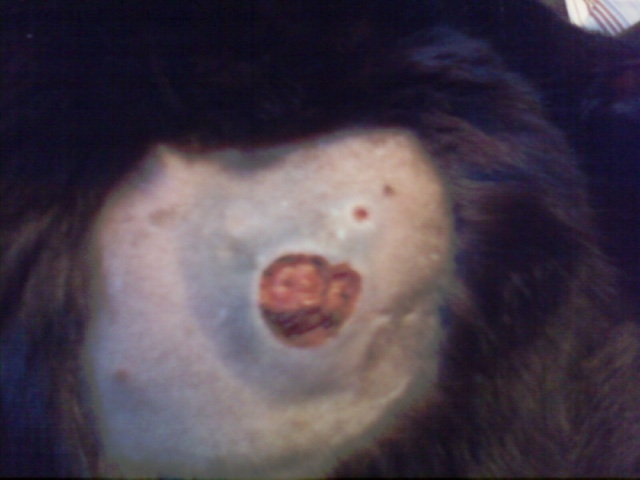 Blue Skin Around Abscess
Question
Kittys Wound
A few weeks ago we noticed
Blue Skin Around Abscess
Question
Kittys Wound
A few weeks ago we noticed
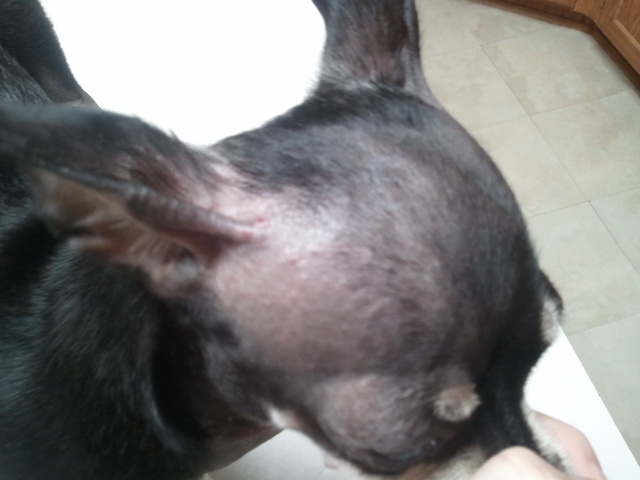 is it normal or is it mange?
Question
nemos skin
My 7 month old Chihuahua puppy, Nem
is it normal or is it mange?
Question
nemos skin
My 7 month old Chihuahua puppy, Nem
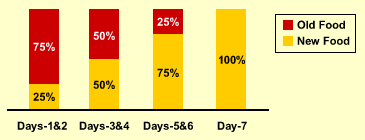 Strange noises in the stomach
QuestionQUESTION: Hello. I have a twelve-and-a-half-yea
Strange noises in the stomach
QuestionQUESTION: Hello. I have a twelve-and-a-half-yea
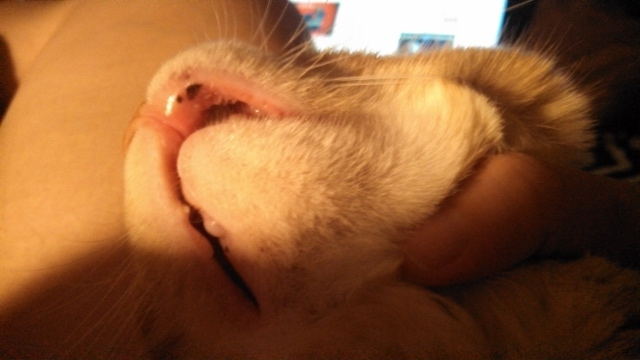 sore on lip
Question
lilly lip
Hello, Im writing to ask abou
sore on lip
Question
lilly lip
Hello, Im writing to ask abou